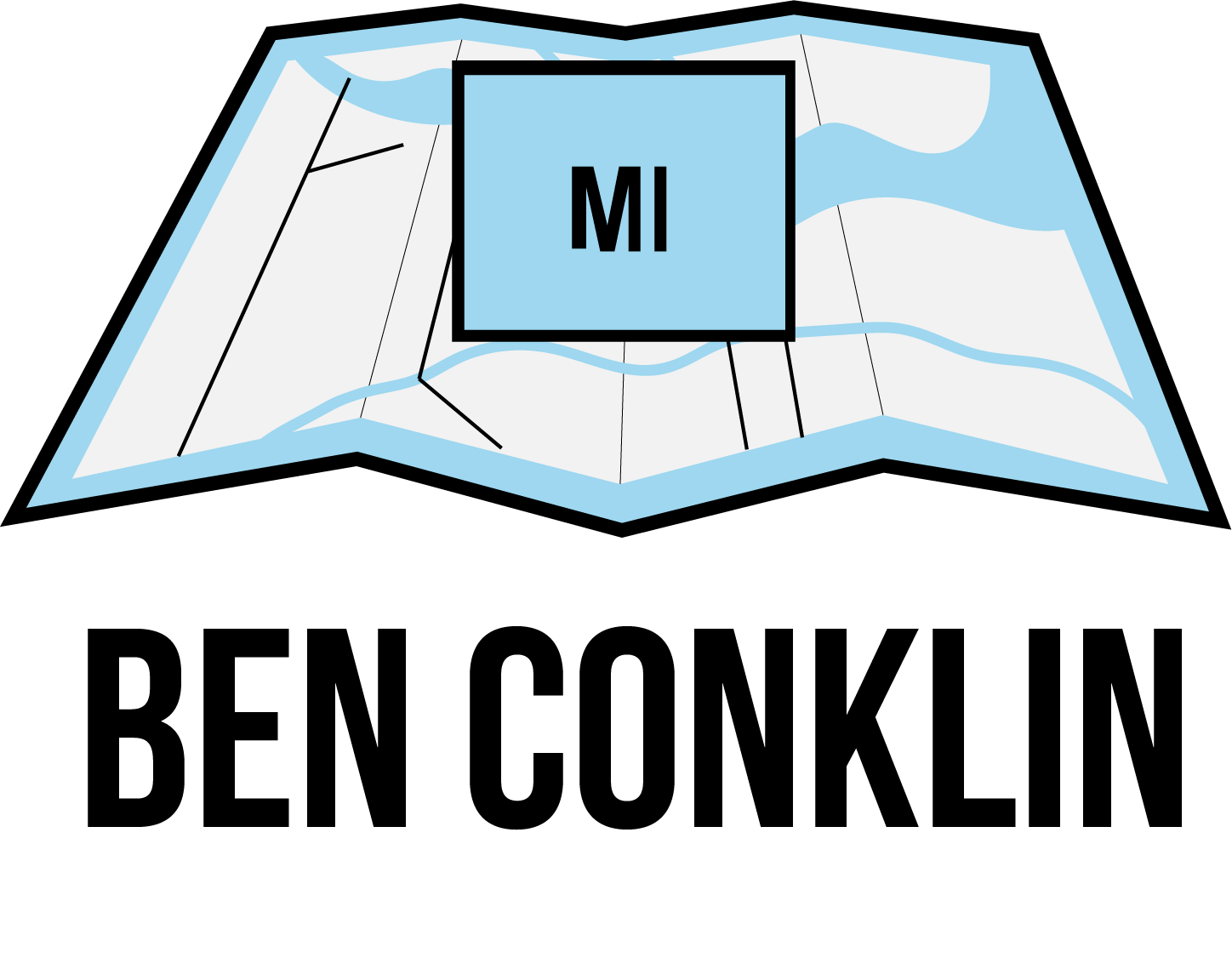How GIS Supports Intelligence
When I am asked how GIS supports intelligence, the answer always seems to need to be some sort of pithy 50 words or less response. In those cases, I like to say,
"Everything happens somewhere, space and time are the only way to integrate all data. Integration leads to understanding." (20 words).
The reality is more complex, or more powerful, depending on how you slice it. When I get deeper into conversations about how GIS supports Intelligence, I like to talk about it terms of the classic Intelligence Cycle.
GIS provides a framework and approach which closely mirrors this cycle. As technology improves and the threat evolves, the focus of the intelligence cycle shifts (link to Intel in 4th Age). As I think about GIS as part of the intelligence cycle, I like to think of it in 4 categories:
1. Planning and Collection
2. Production and Analysis
3. Integration and Dissemination
4. Intelligence Enterprise Integration
The first three categories are the Intelligence Cycle, of course, but they are combined because, from a GIS perspective, the lines a little bit blurry. Category 4 addresses the need for the geospatial component of intelligence to be integrated into a large intelligence enterprise. Without integration, GIS has a danger of being a silo, only supporting GEOINT. The real value in GIS comes from extending to all intelligence disciplines and using it to connect intelligence analysis to decision making. I will dive deep into these categories in future posts, and I will give a quick overview of each here.
Planning and Collection
GIS underpins planning and collection because it helps us understand collection requirements. Maps help us understand the current and planned disposition of assets. For space-based collection, GIS helps link the space assets to what is happening on the ground. As intelligence is collected, GIS provides a framework for integrating, which crosses the sources of collection using the common framework of geography. These sources might be Human Intelligence (HUMINT), Signals Intelligence (SIGINT), Geospatial Intelligence (GEOINT), Open Source Intelligence (OSINT), or Measurement and Signatures Intelligence (MASINT). Each of these collection disciplines requires special skills and understanding of skilled analysts, who can leverage GIS as part of their tradecraft. GEOINT is clearly heavily invested in GIS, but the use of GIS is not the sole domain of GEOINT experts.
Production and Analysis
Approach to Production and Analysis
Intelligence Production and Analysis is fundamentally about integrating data, developing an understanding of threats, and predicting possible outcomes. I generally group production and analysis into categories based on the nature of the target or critical question. When starting an analytic task, you often know something about the target. Either the signature of the target or the target's location. Your approach is based on what you know or what is unknown. In all cases, GIS is being used to integrate data and perform analytics based on time and location.
GIS-based Production and Analysis integrates into these standard intelligence products:
Indications and Warnings
Current Intelligence
General Military Intelligence
Target Intelligence
Scientific and Technical Intelligence
Counter-Intelligence
Estimative Intelligence
Intelligence Preparation of the Environment
Integration and Dissemination
Analysts, teams, and organizations can collaborate on integrated intelligence products using GIS. And, decision-makers can integrate the latest intelligence into their decision-making cycles using dynamic services. A GIS supports a collaborative model for the sharing of analytic products as well as raw information. Groups and teams can collaborate and share information in real-time. This collaboration can be distributed across multiple organizations and even taken into the field for disconnected operations.
The integration and dissemination phase is fundamentally about connecting to external organizations, and individuals to support their requirements. A GIS helps in the following areas:
Communicating the Analysis
Support for Policy Making
Support for Situational Awareness
Support for Planning
All of these workflows support Cross-Functional Collaboration. Intelligence analysts organize by geography, topic, or area of specialty. As a collaboration framework, ArcGIS enables cross-organizational collaboration to bring together key intelligence from multiple agencies allowing teams to create and share information products. To develop integrated intelligence and decision-making products, they need to be able to collaborate in their teams and across organizational boundaries.
Intelligence Enterprise Integration
Intelligence Enterprises are inherently heterogeneous and continuously evolving systems. GIS must be designed to integrate into large enterprise systems. GIS incorporates standard best practices for deployment, management, and configuration of enterprise geospatial services. GIS applications are deployed in web browsers, on desktops, and in modern mobile devices. GIS software needs to be supported with full product lifecycle support. GIS support teams need to be able to work in secure environments and provide round the clock support for critical systems. GIS needs to support licensing for an entire enterprise, allowing organizations to scale their adoption as needed using simple acquisition processes.
The integration into Enterprise systems requires nine key areas to be addressed:
Openness and Interoperability
Security and Identity
Agile IT and Enterprise SecDevOps support
Cloud-Ready
Disconnected, Intermittent and Limited-Band Width Operations
Enterprise Software and Support
Product Lifecycle Management
Support and Services
Education and Training
If you want to learn more about the specific products and technology we produce at Esri to support these workflows, you can visit our website esri.com/intelligence
If you are new to this work, I owe a lot of the thinking to several others. I give them credit here. Additionally, if you are curious about my approach to writing an unclassified blog on GIS and Intelligence, you can read more about my methods here


